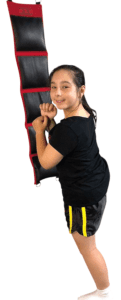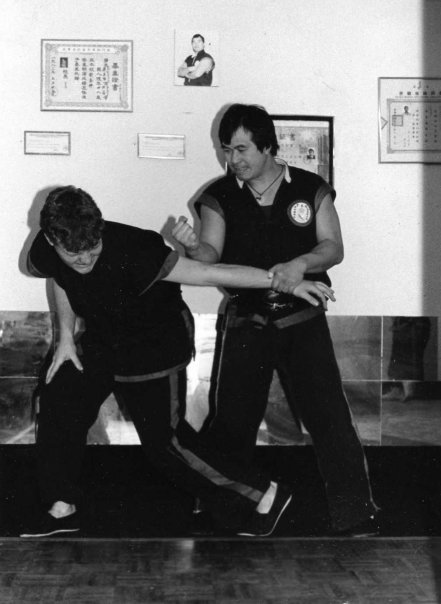How to Develop Structure in Wing Chun: Techniques and Exercises for Building Stability and Power
By Maurice Novoa a master under the Yuen Kay Shan, Ip Man and Pan Nam lineages.
Introduction:
Structure plays a crucial role in the effectiveness of Wing Chun techniques. It provides stability, power, and efficiency in executing strikes, blocks, and other defensive and offensive maneuvers. In this article, we will explore the importance of structure in Wing Chun and discuss techniques and exercises that can help you develop a strong and stable structure.
Understanding the Importance of Structure in Wing Chun
Structure is the foundation of Wing Chun. It allows practitioners to maximize their power, maintain balance, and effectively transfer energy from the ground through their body and into their techniques. Without proper structure, techniques may lack power and stability.
Developing Stability
Stability is a fundamental aspect of structure in Wing Chun. It provides a solid base for executing techniques with power and precision. Here are two key components for developing stability:
Stance Training
Stance training is a vital part of Wing Chun practice. It involves maintaining a balanced and rooted stance, such as the Yee Jee Kim Yeung Ma (Character “Y” Stance). Through consistent stance training, you can improve your stability, balance, and overall structure.
Rooting Techniques
Rooting techniques help you establish a connection with the ground, allowing you to generate power from the lower body. These techniques involve sinking your weight, relaxing your joints, and consciously connecting your feet to the ground.
Generating Power
Proper structure in Wing Chun enables the generation of power in techniques. Two essential factors contribute to power generation:
Understanding Centerline Theory
Centerline theory is a fundamental concept in Wing Chun. It emphasizes the importance of maintaining control over the centerline—the imaginary vertical line that runs through the body’s center. By maintaining control over the centerline, you can generate power efficiently and effectively.
Utilizing Body Mechanics
Body mechanics play a significant role in power generation. By utilizing proper body alignment, rotation, and weight transfer, you can optimize the force generated in your techniques. Engaging the correct muscles and coordinating your body movements will enhance the power and effectiveness of your strikes.
Techniques for Building Structure
Several Wing Chun techniques specifically focus on building and maintaining a strong structure. Here are three essential techniques:
Tan Sao (Palm-Up Block)
Tan Sao is a fundamental Wing Chun technique that develops structure and sensitivity. It involves extending the arm with the palm facing upward to intercept and redirect incoming attacks. Practicing Tan Sao helps you maintain a solid structure while developing arm strength and coordination.
Bong Sao (Wing Arm)
Bong Sao is a rotational block that enhances structure and power. It involves using a circular motion to intercept and redirect attacks. By practicing Bong Sao, you develop a stable structure while training your coordination and reflexes.
Fook Sao (Hooking Hand)
Fook Sao is a technique used for controlling and redirecting the opponent’s arm. It involves hooking the opponent’s arm with the elbow bent and the hand positioned in a hooking motion. Fook Sao helps develop structure, sensitivity, and timing.
Exercises for Enhancing Structure
In addition to techniques, specific exercises can further enhance your structure in Wing Chun. Here are two exercises that target structure development:
Wall Drills

Wall drills involve practicing various techniques and positions while leaning against a wall. This exercise helps you develop stability, body alignment, and structure as you apply force against the wall.
Chi Sau (Sticky Hands)
Chi Sau is a core training method in Wing Chun that focuses on sensitivity, reflexes, and structure. It involves engaging in close-range hand contact with a training partner, allowing you to develop a sensitive and responsive structure while adapting to the opponent’s movements.
Incorporating Structure into Sparring
Developing structure in Wing Chun is not limited to training drills and exercises. It is essential to transfer the acquired skills into sparring situations. By consciously maintaining your structure during sparring, you can apply Wing Chun techniques with power, accuracy, and efficiency.
Conclusion
Structure is a foundational element in Wing Chun, contributing to stability, power, and effectiveness in techniques. By understanding the importance of structure and incorporating techniques and exercises that develop stability and power, you can enhance your skills. Remember to practice stance training, rooting techniques, and utilize proper body mechanics. Through consistent training and application, you will build a strong and stable structure that empowers your Kung Fu practice.

